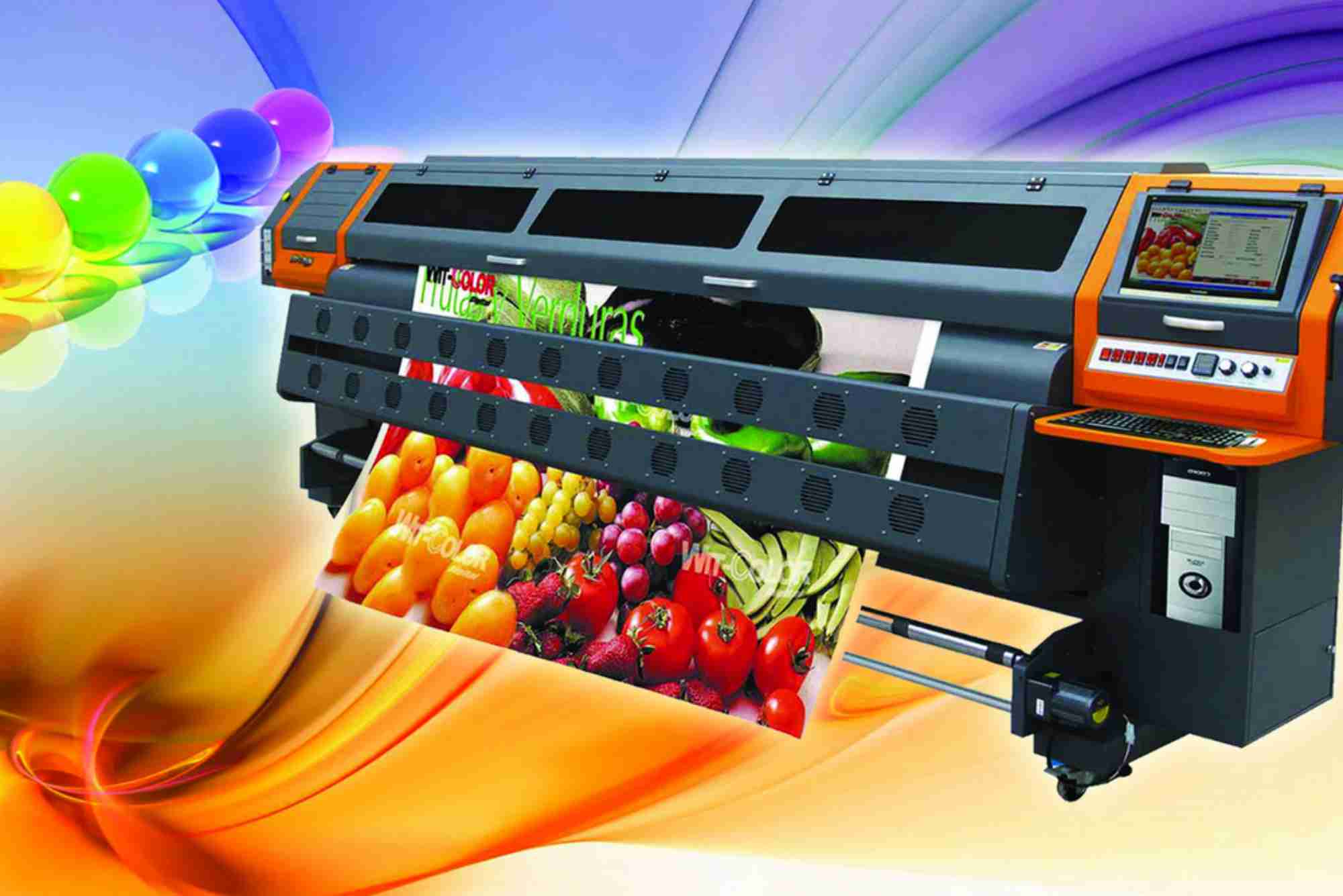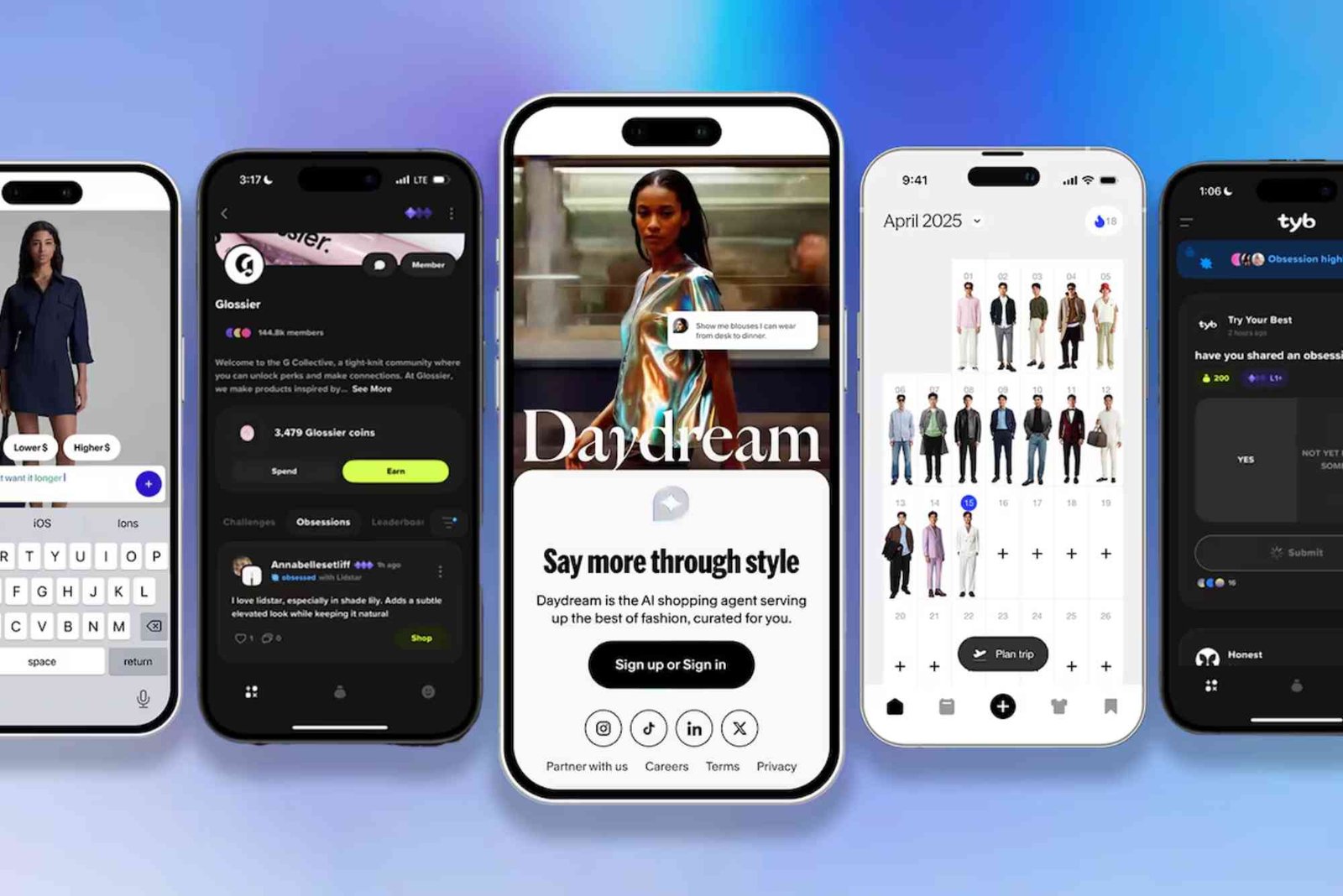In today’s fast-paced world, businesses and individuals alike are increasingly turning to digital printing service as a versatile and efficient means of producing high-quality printed materials. This technology has revolutionized the printing industry, enabling faster production times, lower costs, and unparalleled flexibility. In this article, we will explore the various aspects of digital printing services, their benefits, applications, and what to consider when choosing a provider.
What is Digital Printing?
Digital printing refers to the process of printing digital images directly onto various media substrates. Unlike traditional printing methods, which require printing plates, digital printing employs digital files to produce high-quality outputs. This method can be utilized for a variety of applications, including but not limited to brochures, flyers, posters, and business cards.
Key Characteristics of Digital Printing
- Direct Output from Digital Files: The printing process begins with digital files created using graphic design software. This allows for greater customization and efficiency, particularly for short print runs.
- No Need for Printing Plates: Since digital printing does not require plates, it significantly reduces setup time and costs. This makes it ideal for small batches or customized jobs.
- High-Quality Output: Advances in digital printing technology have led to exceptional print quality, with vibrant colors and sharp details that are comparable to traditional printing methods.
Benefits of Digital Printing Services
Digital printing services offer numerous advantages over traditional printing methods, making them an appealing choice for many applications. Here are some of the key benefits:
1. Speed and Efficiency
One of the most significant advantages of digital printing service is speed. Because there are no plates to create or set up, digital printing can often produce printed materials much faster than traditional methods. This is especially beneficial for businesses that require quick turnaround times for marketing materials or other printed items.
2. Cost-Effective for Short Runs
For smaller print runs, digital printing is often more cost-effective than traditional printing methods. Traditional printing often involves higher setup costs and is most economical when producing large quantities. Digital printing allows businesses to print only what they need, reducing waste and saving money.
3. Customization and Personalization
Digital printing allows for a high degree of customization. Businesses can easily create unique designs for different clients or campaigns without incurring extra costs. This level of personalization is particularly beneficial for direct mail campaigns, where targeted messaging can lead to higher response rates.
4. High-Quality Results
Digital printers have advanced significantly over the years, resulting in high-quality prints that rival traditional methods. With capabilities for vibrant colors and intricate details, digital printing is suitable for a wide range of applications, from fine art prints to corporate branding materials.
5. Eco-Friendly Options
Many digital printing services use eco-friendly inks and substrates, making it a greener choice for businesses concerned about their environmental impact. Additionally, because digital printing minimizes waste, it often results in a smaller carbon footprint compared to traditional printing methods.
Applications of Digital Printing Services
The versatility of digital printing service means it can be used across various industries and for numerous applications. Here are some of the most common uses:
1. Marketing Materials
Businesses frequently utilize digital printing for marketing collateral, including brochures, flyers, posters, and banners. The ability to produce high-quality, colorful materials quickly makes digital printing an attractive option for marketing campaigns.
2. Business Stationery
Digital printing is ideal for creating business stationery, such as business cards, letterheads, and envelopes. Companies can easily customize their designs to align with their branding, ensuring a professional appearance.
3. Labels and Packaging
Digital printing is increasingly popular for creating labels and packaging. With the ability to print short runs and customize designs, businesses can respond quickly to changing market demands and customer preferences.
4. Signage
From indoor displays to outdoor signs, digital printing can produce a variety of signage options. This includes vinyl banners, window graphics, and even vehicle wraps, all of which benefit from the vibrant colors and sharp details offered by digital printing.
5. Photobooks and Custom Products
Digital printing allows for the creation of personalized products, such as photobooks, calendars, and custom gifts. This has opened new markets for businesses that cater to consumers looking for unique and personalized items.
Factors to Consider When Choosing a Digital Printing Service
When selecting a digital printing service, it is essential to consider various factors to ensure you receive the best possible results. Here are some key considerations:

1. Quality of Printing
Evaluate the print quality of the service provider. Request samples of their work to assess color accuracy, sharpness, and overall quality. This is crucial for maintaining your brand’s reputation and ensuring that your printed materials look professional.
2. Range of Services Offered
Consider whether the provider offers a wide range of services to meet your specific needs. Some digital printing services may also offer design assistance, finishing options, or additional services like mailing and distribution.
3. Turnaround Times
Inquire about the provider’s turnaround times for different types of projects. If you need materials quickly, ensure that the service can meet your deadlines without compromising quality.
4. Customer Support
Assess the level of customer support offered by the printing service. Good communication and responsiveness are critical to ensuring that your project runs smoothly from start to finish.
5. Pricing
Compare pricing among different digital printing services. While cost should not be the sole deciding factor, it is essential to find a service that offers a fair price for the quality and services provided. Look for transparency in pricing and any additional fees that may apply.
Digital Printing Process: A Step-by-Step Overview
Understanding the digital printing process can help you appreciate its efficiency and effectiveness. Here is a simplified overview of the typical steps involved:
Step 1: File Preparation
The process begins with preparing the digital file, ensuring it is in the correct format and resolution for printing. Graphic design software is often used to create or modify the file, ensuring it meets the desired specifications.
Step 2: Proofing
Before proceeding with the full print run, most providers will create a proof to show the client how the final product will look. This allows for any necessary adjustments before printing.
Step 3: Printing
Once the proof is approved, the digital printing service will use a digital printer to produce the final product. The printer uses digital files to directly apply ink to the chosen substrate, resulting in high-quality prints.
Step 4: Finishing
After printing, various finishing options may be applied, such as cutting, binding, or laminating, depending on the project requirements. These finishing touches enhance the final product’s appearance and durability.
Step 5: Delivery
The completed printed materials are then packaged and delivered to the client. Many digital printing services offer shipping options to ensure timely delivery to various locations.
FAQs About Digital Printing Services
1. What types of materials can be printed using digital printing?
Digital printing can be done on a variety of substrates, including paper, cardstock, vinyl, fabric, and more. This versatility allows for a wide range of applications.
2. Is digital printing more cost-effective than traditional printing?
Digital printing is typically more cost-effective for short runs and customized projects. Traditional printing may be more economical for larger print volumes due to its higher setup costs.
3. Can I print personalized items using digital printing?
Yes, digital printing is well-suited for personalized items, such as business cards, invitations, and custom gifts. This capability allows for unique designs tailored to individual preferences.
4. How long does the digital printing process take?
Turnaround times for digital printing can vary based on the complexity of the project and the service provider’s workload. However, digital printing is generally faster than traditional methods.
5. What should I consider when choosing a digital printing service?
When selecting a digital printing service, consider factors such as print quality, range of services, turnaround times, customer support, and pricing. This ensures you choose a provider that meets your specific needs.
Digital printing service has transformed the way businesses and individuals produce printed materials. With its speed, cost-effectiveness, and high-quality output, it has become the preferred choice for many applications. As technology continues to evolve, the capabilities and possibilities within digital printing will only expand, making it an essential tool in the modern printing landscape. Whether you are a business looking to create marketing materials or an individual seeking personalized products, understanding digital printing can help you make informed choices that meet your needs.




